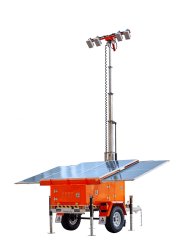
Introduction: A Personal Journey Through Traffic Woes
My First Encounter with Traffic Chaos
My first brush with the maddening world of traffic congestion was a memorable one. It was a scorching summer afternoon, and I found myself stuck in an endless line of vehicles on the highway. The air conditioning in my car struggled to keep up, and the minutes turned into hours as the traffic came to a standstill.
The Day Everything Stood Still
As I sat there, surrounded by honking cars and frustrated drivers, I couldn’t help but feel utterly helpless. It was as if time had frozen, and there was no escape from the suffocating grip of the gridlock. That day, I realized the true magnitude of the problem that plagues our roads daily.
Why This Matters to Us All
The impact of traffic congestion extends far beyond simply being late for appointments or meetings. It affects our productivity, mental well-being, and even our relationships. The stress and frustration that come with being stuck in traffic can seep into every aspect of our lives, creating a ripple effect that touches everyone around us.
Beyond Just Being Late
The repercussions of congested roadways go beyond inconvenience; they have economic, environmental, and social implications. From wasted time and resources to increased pollution levels and heightened stress levels, the effects are widespread. It’s crucial for us all to recognize the significance of effective traffic management strategies in alleviating these issues for a better quality of life.
Now that we’ve delved into my personal experience with traffic chaos and its broader impact, let’s explore some misguided strategies that contribute to this ongoing problem.
Misguided Strategies That Add to the Jam
As we navigate through the labyrinth of traffic congestion, it becomes evident that certain strategies, or rather the lack thereof, exacerbate the issue at hand. Let’s delve into some misguided approaches that add fuel to the fire of traffic jams.
Overlooking the Importance of Early Detection and Notification
One critical aspect where traffic management strategy often falls short is in the realm of early detection and notification. The failure to promptly identify potential bottlenecks and communicate these issues to drivers represents a missed opportunity for prevention. Without timely alerts and warnings, authorities are unable to proactively address emerging traffic snarls, leading to prolonged gridlock and mounting frustration among commuters.
A Missed Opportunity for Prevention
The absence of effective early detection mechanisms not only hampers swift intervention but also perpetuates the likelihood of cascading congestion. By neglecting this pivotal facet of traffic management strategy, we inadvertently allow minor disruptions to snowball into major standstills, compounding the woes of both motorists and public transportation systems alike.
The Pitfalls of Poor Incident Management
Another stumbling block in our quest for smoother traffic flow lies in the realm of incident management. When accidents or road obstructions occur, a prompt response is imperative. However, all too often, quick action isn’t as swift as it should be. Delays in incident clearance can transform a manageable disruption into a full-blown traffic nightmare.
When Quick Response Isn’t Quick Enough
Inadequate incident management not only prolongs commuter inconvenience but also poses significant safety risks. The failure to swiftly clear accident sites or obstructions impedes the restoration of normal traffic patterns, amplifying congestion levels and intensifying driver frustration.
Inadequate Use of Technology in Traffic Management Strategy
Modern technology offers an array of tools and resources that can revolutionize traffic management strategy. However, there exists a tendency to underutilize these technological advancements, particularly when it comes to harnessing the power of data.
Ignoring the Power of Data
By disregarding the wealth of insights that data analytics can provide, authorities miss out on opportunities for informed decision-making and proactive intervention. From predictive modeling to real-time traffic monitoring, data-driven approaches have the potential to mitigate congestion by enabling more agile responses and targeted interventions.
In our exploration of misguided strategies contributing to congestion, it’s evident that addressing these shortcomings is pivotal in paving the way for more efficient traffic management solutions.
The Consequences of Ineffective Traffic Management
As we grapple with the repercussions of ineffective traffic management strategy, it becomes apparent that the toll extends far beyond mere inconvenience. Let’s delve into the multifaceted consequences that stem from the mismanagement of traffic congestion.
The Economic Toll of Traffic Congestion
Wasted Time, Wasted Resources
The economic impact of traffic congestion reverberates through wasted time and resources. Traffic management strategies that fall short in addressing congestion contribute to significant productivity losses as commuters spend prolonged periods idling in traffic. This translates to missed work hours, delayed deliveries, and diminished operational efficiency for businesses. Moreover, the squandered fuel and increased vehicle wear-and-tear incurred during protracted commutes further compound the financial burden on individuals and organizations alike.
Environmental and Health Impacts
More Than Just Annoyance
Beyond being a mere annoyance, traffic congestion exerts profound environmental and health implications. Prolonged exposure to vehicular emissions in congested traffic corridors contributes to heightened air pollution levels, posing risks to respiratory health and overall well-being. Additionally, the stationary nature of gridlocked traffic results in escalated fuel consumption and carbon emissions, exacerbating environmental degradation and climate concerns.
The Social Cost: From Stress to Road Rage
The Emotional Toll of Traffic Jams
The social ramifications of ineffective traffic management strategy manifest in the form of heightened stress levels and escalating road rage among commuters. Prolonged exposure to congested roadways engenders elevated stress, anxiety, and frustration, permeating into other facets of daily life. Furthermore, instances of aggressive driving behaviors escalate as tempers flare amidst standstill traffic conditions, posing safety hazards for all road users.
Learning from the Past: Solutions That Can Make a Difference
As we confront the challenges posed by ineffective traffic management strategies, it’s imperative to explore solutions that have the potential to alleviate congestion and enhance traffic flow. By learning from past shortcomings, we can pave the way for more effective approaches to managing traffic.
Embracing Intelligent Traffic Management Strategies
Products of OPTRAFFIC, such as Variable Message Signs (VMS) and Arrow Boards, serve as a dynamic solution for effective traffic management and congestion alleviation. With their state-of-the-art technology and versatile functionalities, these tools are indispensable in optimizing traffic flow and enhancing road safety.
In our quest for more efficient traffic management strategies, it’s essential to embrace intelligent solutions that leverage technology and data-driven insights. One such pivotal approach is the implementation of Adaptive Ramp Metering and Parking Lot Exit Control.
Adaptive Ramp Metering involves deploying traffic signals on freeway ramps to dynamically control the rate at which vehicles enter, thereby optimizing freeway capacity and mitigating congestion. By regulating the inflow of vehicles onto freeways based on real-time traffic conditions, this intelligent strategy holds the potential to streamline traffic flow and minimize bottlenecks.
Similarly, Parking Lot Exit Control entails leveraging smart technologies to manage the existing flow of vehicles from parking facilities. By implementing automated systems that optimize exit routes and timings, this solution aims to reduce congestion around parking areas, subsequently contributing to smoother traffic transitions and reduced gridlock in surrounding roadways.
The Importance of a Comprehensive Traffic Management Plan
A comprehensive traffic management plan serves as a cornerstone for addressing congestion effectively. Central to this approach is the meticulous identification of various traffic types and routes within urban landscapes.
By discerning distinct traffic patterns, including commuter flows, commercial vehicle routes, and public transportation corridors, authorities can tailor targeted interventions to address specific congestion hotspots. This proactive approach enables the deployment of tailored solutions that cater to diverse traffic dynamics, ultimately fostering more efficient traffic management strategies.
Success Stories: Where We Got It Right
Amidst the challenges posed by traffic congestion, there exist success stories where effective traffic management strategies have made a tangible difference in alleviating gridlock and enhancing overall traffic efficiency. These instances serve as valuable sources of insight from which crucial lessons can be gleaned and applied moving forward.
Lessons Learned and Applied:
- Implementing Adaptive Traffic Signal Control Systems: In several urban centers, the adoption of adaptive signal control systems has yielded promising results in optimizing signal timings based on real-time traffic conditions. This dynamic approach has demonstrated significant improvements in reducing travel times and minimizing intersection congestion.
- Integration of Data-Driven Decision-Making: Successful cases have showcased the transformative impact of integrating data-driven insights into decision-making processes. By harnessing advanced analytics tools and real-time monitoring technologies, authorities have been able to make informed interventions that target congestion hotspots with precision.
- Multimodal Transportation Solutions: Effective traffic management strategies have embraced multimodal approaches that prioritize diverse modes of transportation. By integrating pedestrian-friendly infrastructure, cycling lanes, and efficient public transit systems into urban planning initiatives, cities have witnessed notable reductions in vehicular congestion while promoting sustainable mobility options.
These success stories underscore the significance of proactive measures rooted in intelligent technology utilization and comprehensive planning for achieving tangible improvements in managing urban traffic.
Conclusion: The Road Ahead
Reflecting on Our Journey
As we reflect on our journey through the complexities of traffic management, it becomes evident that the road from chaos to control is fraught with challenges and opportunities alike. Our collective experiences with traffic congestion have underscored the pervasive impact of ineffective strategies, permeating through economic, environmental, and social dimensions. From personal encounters with gridlock to the broader implications for communities at large, the toll of congestion has been palpable.
From Chaos to Control
The transition from chaos to control necessitates a concerted effort toward embracing innovative solutions and proactive measures. It entails a shift from reactive responses to proactive interventions, leveraging technology, data-driven insights, and comprehensive planning to steer traffic management in a more efficient direction. By learning from past missteps and success stories alike, we can chart a course toward more effective traffic management strategies that alleviate congestion and enhance overall traffic flow.
The Path to Better Traffic Management
The path to better traffic management lies in our collective commitment to fostering change. It calls for collaboration among policymakers, urban planners, technologists, and communities at large to champion sustainable mobility solutions and intelligent traffic management approaches. Embracing multimodal transportation initiatives, harnessing the power of real-time data analytics, and prioritizing early detection mechanisms are pivotal steps toward mitigating congestion’s far-reaching impacts.
A Call to Action for All of Us
In navigating the road ahead, each one of us plays a crucial role in shaping the future of traffic management. It’s a call to action for all stakeholders – from commuters advocating for sustainable transit options to authorities spearheading innovative infrastructure projects – to work hand in hand towards alleviating congestion and fostering smoother traffic transitions. By embracing a shared vision for efficient traffic management, we can pave the way for safer, more sustainable urban mobility that enriches lives and enhances community well-being.
- Embrace innovative solutions
- Foster proactive interventions
- Champion sustainable mobility
- Prioritize early detection mechanisms
- Advocate for efficient traffic management
Together, let’s embark on this journey towards better traffic management – where every step forward brings us closer to untangling the knots of congestion and steering our roads towards seamless mobility.



















